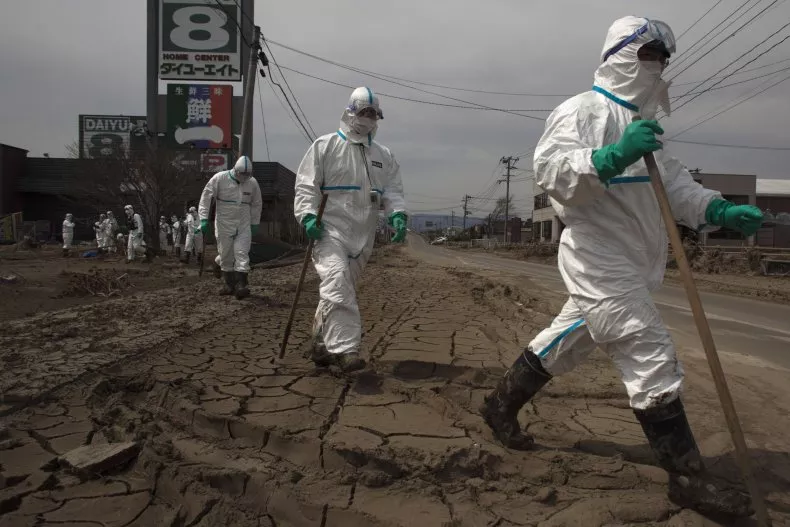According to research and a recent study, the trees outside the Fukushima Daiichi Nuclear Power Plant are showing the signs of something too weird. Researchers from universities in Italy and Brazil studied fir trees near the nuclear plant, which was destructed in 2011 following a severe Earthquake. In a study published on Jan. 15 in the journal Plants, scientists explained the changes to the structure of plants in areas close to Fukushima Dai-ichi Nuclear Power Plant (FNPP) where a partial meltdown occurred.
The Earthquake which measured 9.1 on the Ritcher scale, struck in the Pacific Ocean that gave rise to huge waves that damaged the backup systems of the station. After the incident, ionizing radiation was released, in which plant life suffered a lot.

During the research, scientists have made whorls their target. Whorls are the places on plants where foliage like leaves, branches, or other parts of plants grow from a central point. Scientists noticed many weird aspects in the fir trees around the Fukushima Power plant. Instead of branching out in a regular and expected pattern, the whorls showed irregular growth.
“These conifers showed irregular branching at the main axis whorls,” reads the study, spotted by Newsweek. “The frequency of these anomalies corresponded to the environmental radiation dose rate at the observed sites.”
The noticeable thing is that the trees affected by nuclear radiation grow in uneven patterns and are still affected by the material in the soil near the power plant. But even more important is the team’s goal of learning how to take care of people caught up in similar.

The number of vast changes like this corresponded with the amount of radiation the trees were hit with. Researchers mentioned the rate of mutations as: “directly proportional to the dose of ionizing radiation to which the conifers had been exposed.”
“Ten years have passed since the FNPP accident, and still the large-scale effects are visible,” the researchers concluded. “Learning from past incidents and implementing this knowledge can make a significant difference in terms of lives and costs in healthcare management.”


